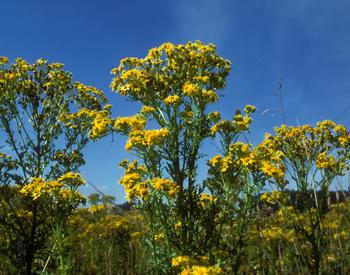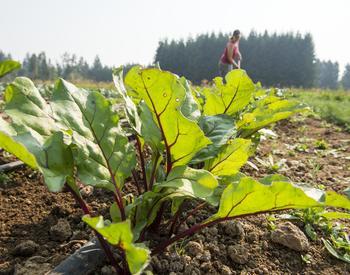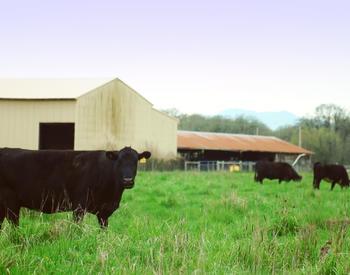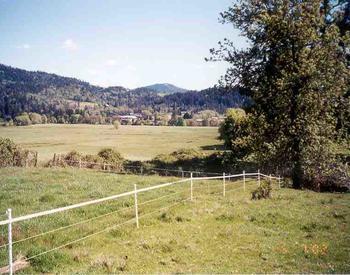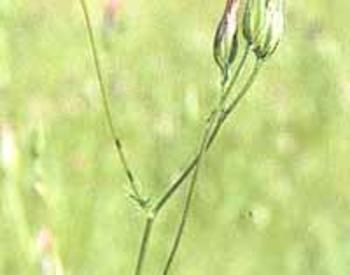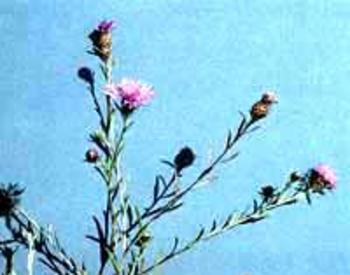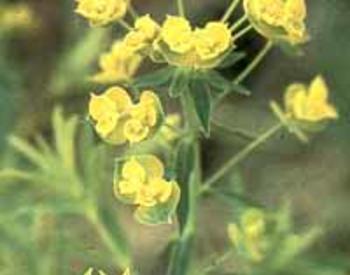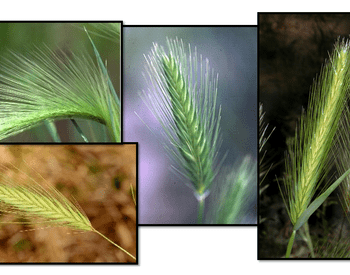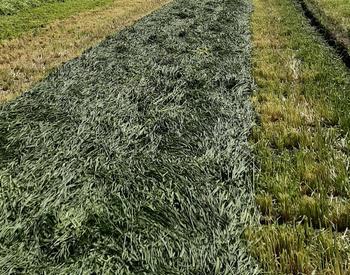Pastures often contain weeds that are potentially dangerous to livestock. The toxic compounds in plants are usually a defense mechanism against predation and have a distinct, unpleasant odor or a bitter taste and are not preferentially grazed. Consumption of unpalatable plants will increase under some circumstances, primarily if other forage is not available. Understanding the dangers and various management strategies to control toxic plants will reduce the risk to your livestock.
Grazing management is a critical component to maintaining pastures free of poisonous weeds. Avoiding overgrazing will help maintain an abundance of desirable forage plants that are able to compete with weeds and reduce the risk of livestock being forced to eat poisonous plants because no other forage options are available. Grazing pressure should be reduced during dry periods as drought can increase consumption of poisonous plants if there is a decrease of other forage.
Plant growth-stages can influence the palatability and toxicity of certain plants, as can climate and time of year. Some plants, like those that accumulate nitrates, can increase in toxicity after rainfall or on cool, cloudy mornings and evenings. Some plants become more palatable, while remaining toxic, after a frost.
Many toxic plants have specific growth stages or plant parts that are most toxic, such as tall larkspur that becomes most palatable and most toxic while it bolts and sets flowers. Understanding the conditions under which plants are most harmful and avoiding grazing pastures when plants are most toxic will greatly reduce the chances of livestock being harmed. Poisonous weeds can also become more palatable after herbicide application. Care must be taken to manage weeds when livestock will not be adversely affected. Pastures should not be grazed for three weeks after applying herbicides when poisonous species are present in most cases.
Broad spectrum herbicides can also have unintended effects on desirable plants if used incorrectly. Care must be taken when applying herbicides to minimize drift and over spraying. As with all weed control, competitive desirable plants should be seeded as quickly as possible following weed removal to prevent the reinfestation of the area with other weed species.
The best way to protect livestock from toxic weeds is to develop and implement a comprehensive weed control program integrating cultural, chemical, physical and biological weed management. Two particularly important control methods are mowing and herbicide use. Mowing will reduce the likelihood of seed development and dispersal and persistent spot spraying will eliminate particularly harmful weed populations.
